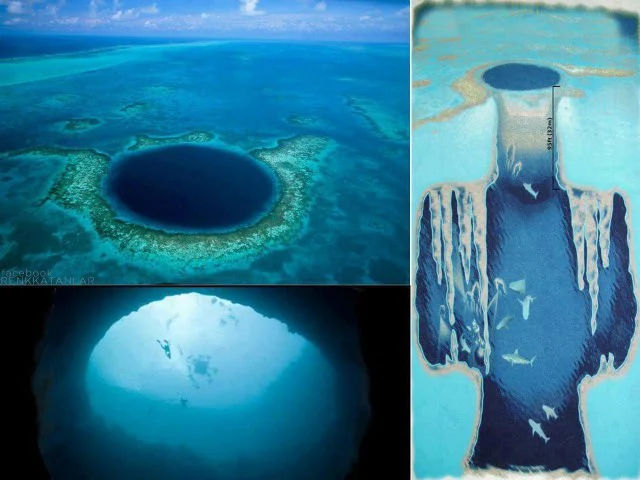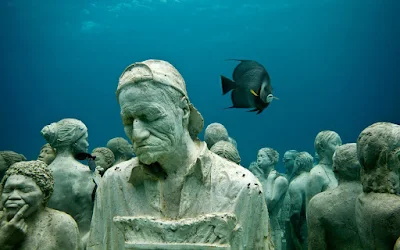Lake Hillier is a saline lake on the edge of Middle Island, the largest of the islands and islets that make up the Recherche Archipelago in the Goldfields-Esperance region, off the south coast of Western Australia. It is particularly notable for its pink colour. A long and thin shore divides the Southern Ocean from the lake.
Lake Hillier is about 600 metres (2,000 ft) in length by about 250 m (820 ft) in width. The lake is surrounded by a rim of sand and a dense woodland of paperbark and eucalyptus trees with a narrow strip of sand dunes covered by vegetation separating its northern edge from the northern coast of Middle Island. The most notable feature of the lake is its pink, vibrant colour. The vibrant colour is permanent, and does not alter when the water is taken in a container. The pink colour is considered to be due to the presence of the organism Dunaliella salina. The Extreme Microbiome Project, part of the Association of Biomolecular Resource Facilities (ABRF), Metagenomics Research Group (MGRG), has performed a metagenomic analysis on the lake to find Dunaliella as well as Salinibacter ruber, Dechloromonas aromatica, and a few species of the Archaea. Air is the best mode of transportation for viewing the lake. At one point in its history the lake was used to collect salt.
Lake Hillier is about 600 metres (2,000 ft) in length by about 250 m (820 ft) in width. The lake is surrounded by a rim of sand and a dense woodland of paperbark and eucalyptus trees with a narrow strip of sand dunes covered by vegetation separating its northern edge from the northern coast of Middle Island. The most notable feature of the lake is its pink, vibrant colour. The vibrant colour is permanent, and does not alter when the water is taken in a container. The pink colour is considered to be due to the presence of the organism Dunaliella salina. The Extreme Microbiome Project, part of the Association of Biomolecular Resource Facilities (ABRF), Metagenomics Research Group (MGRG), has performed a metagenomic analysis on the lake to find Dunaliella as well as Salinibacter ruber, Dechloromonas aromatica, and a few species of the Archaea. Air is the best mode of transportation for viewing the lake. At one point in its history the lake was used to collect salt.
Lake Hillier was visited by the Matthew Flinders' expedition on 15 January 1802. Flinders' journal entries are considered to be the first written records of the lake. Flinders visited Middle Island again in May 1803; he intended "to stop a day or two in Goose-Island Bay, for the purposes of procuring geese for our sick people, seal oil for our lamps, and a few casks of salt from the lake on Middle Island". It is reported that Flinders subsequently named the lake after William Hillier, a crew member of Investigator who died of dysentery on 20 May 1803 prior to the expedition's departure from Middle Island. In 1889, Edward Andrews investigated the commercial possibilities of producing salt from Lake Hillier, and briefly moved onto the island with both of his sons. They left after working the salt deposits for about one year. The lake was subject to salt mining during the late 19th century. The salt mining enterprise is reported as failing for a number of reasons including "the toxicity of the salt collected for consumption".
The only living organisms in Lake Hillier are microorganisms including Dunaliella salina, red algae which cause the salt content in the lake to create a red dye which helps produce the colour, as well as red halophilic bacteria, bacterioruberin, present in the salt crusts. Despite the unusual hue, the lake exhibits no known adverse effects upon humans. From above, the lake appears a solid bubble gum pink, but from the shoreline it appears more of a clear pink hue. The shoreline is also covered in salt crust deposits. In 2016 scientists from the Extreme Microbiome Project conducted extensive microbiome and metagenomic DNA sequencing and detected Haloquadratum, Haloferax, Salinibacter, Halobacterium, Halogeometricum, and several other halophilic organisms. Culturing from the water revealed a low concentration of Psychroflexus as well.
Despite the high salt content levels, Lake Hillier is safe to swim in. However it is not advisable nor allowed without previous approval by the Western Australia Dept of Environment Conservation However, there are very few ways to reach Lake Hillier. Aeroplane scenic flights are the most common method, with six flights a day departing Esperance Airport, flying over Lake Hillier via the nearby Cape Le Grand National Park. Cruises are also an option for passengers wanting to visit the isolated lake, and surrounding forest area. As recently as 2012, Lake Hillier has been located within the boundaries of the Recherche Archipelago Nature Reserve. Since 2002, the lake itself has been considered to be a wetland of "subregional significance"


























































